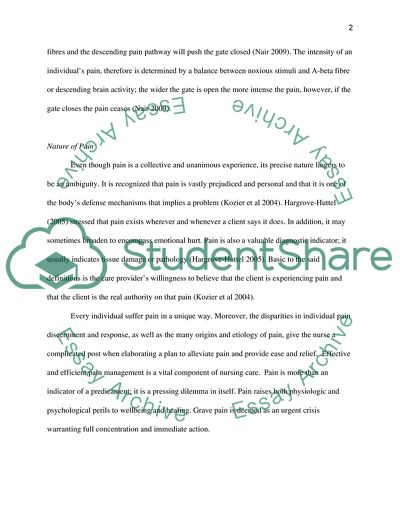Cite this document
(Coping with Pain: a Dauting Endeavor Post-Operatively Essay, n.d.)
Coping with Pain: a Dauting Endeavor Post-Operatively Essay. Retrieved from https://studentshare.org/nursing/1762757-coping-with-pain-a-dauting-endeavor-post-operatively
Coping with Pain: a Dauting Endeavor Post-Operatively Essay. Retrieved from https://studentshare.org/nursing/1762757-coping-with-pain-a-dauting-endeavor-post-operatively
(Coping With Pain: A Dauting Endeavor Post-Operatively Essay)
Coping With Pain: A Dauting Endeavor Post-Operatively Essay. https://studentshare.org/nursing/1762757-coping-with-pain-a-dauting-endeavor-post-operatively.
Coping With Pain: A Dauting Endeavor Post-Operatively Essay. https://studentshare.org/nursing/1762757-coping-with-pain-a-dauting-endeavor-post-operatively.
“Coping With Pain: A Dauting Endeavor Post-Operatively Essay”, n.d. https://studentshare.org/nursing/1762757-coping-with-pain-a-dauting-endeavor-post-operatively.


